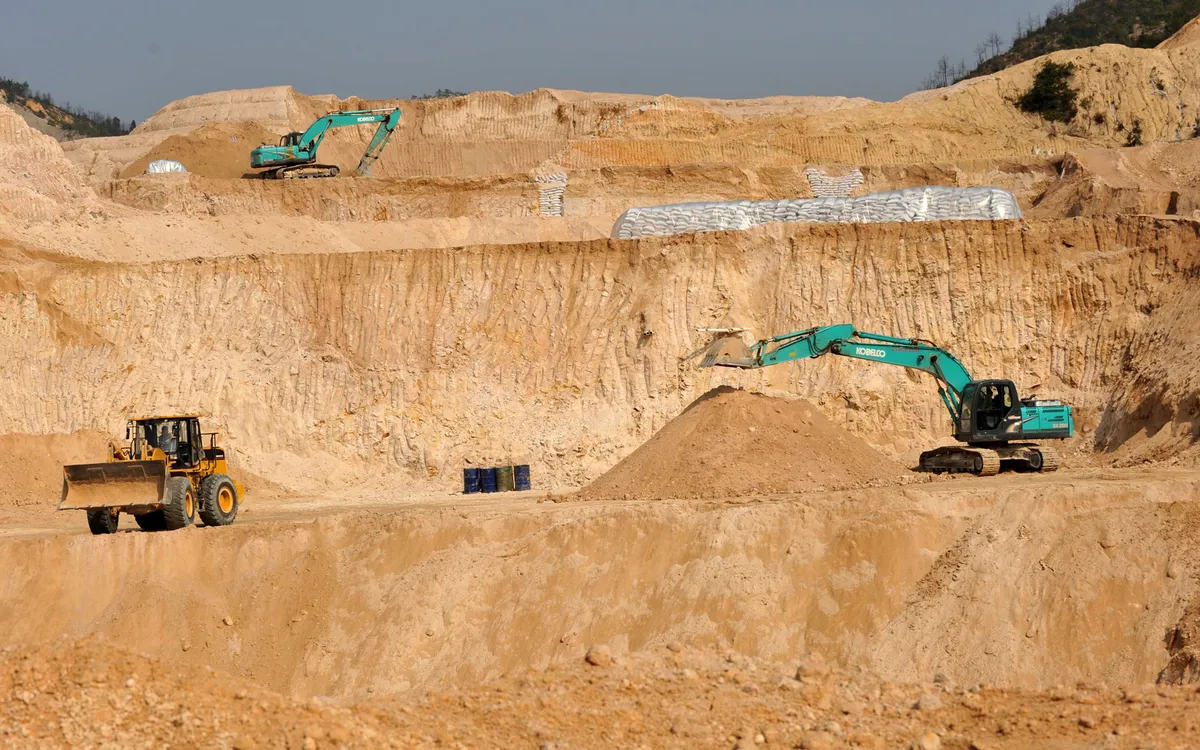
Workers at a rare earth mine in Jiangxi province, China. (Photo: Chinatopix/AP)
In October 2025, global industrialists held their breath again when China announced tighter controls on exports of rare earths and related products. The market reacted immediately: prices for permanent magnets soared, and electric vehicle and wind power equipment manufacturers feared supply disruptions.
Behind these elements that make up only a small fraction of the Earth’s crust is a multi-trillion dollar value chain, with China at its center. The story of rare earths is no longer just about raw materials, but has become a symbol of 21st century economic power.
Rare earth - "small but powerful" raw material
Rare earths are 17 chemical elements used to make permanent magnets in electric vehicle motors, wind turbines, smartphones, drones and military radar.
According to the International Energy Agency (IEA), demand for rare earths for the clean energy industry could quadruple by 2040. Although natural reserves are abundant, the extraction and refining process is complex, energy-consuming and polluting, causing only a few countries to dare to invest on a large scale.
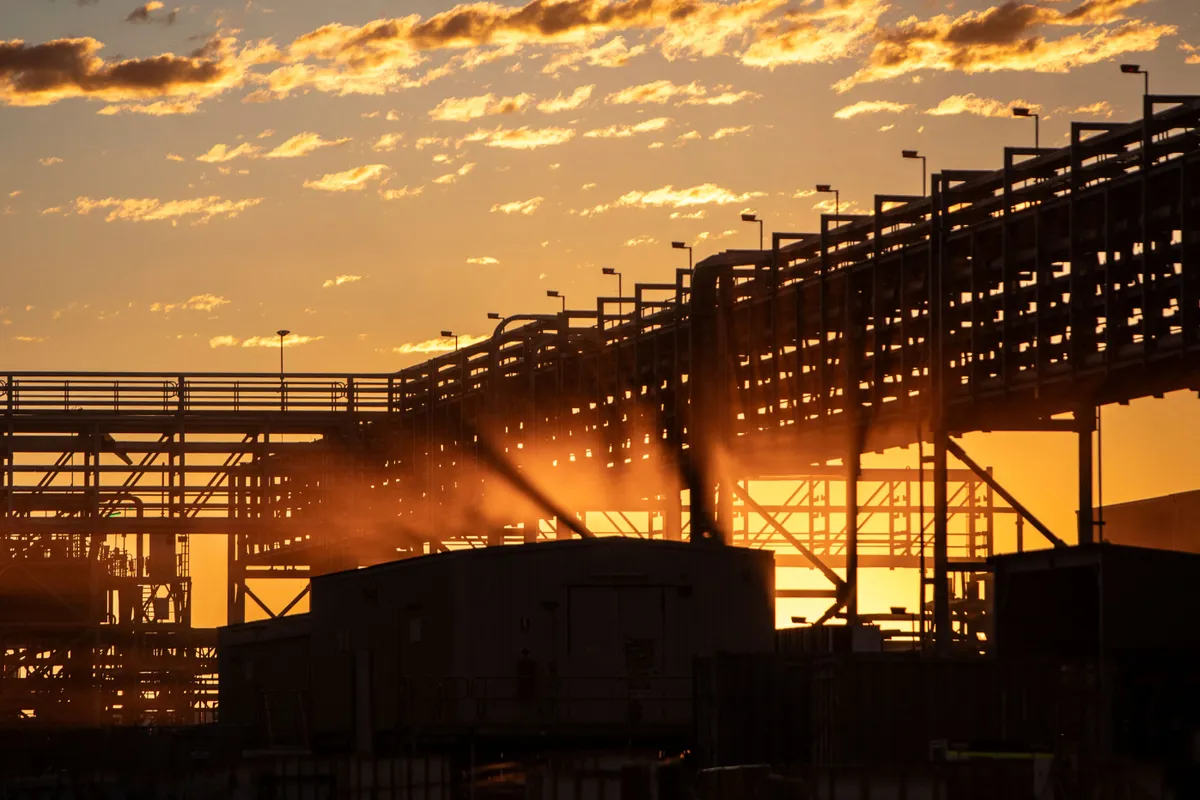
(Photo: Lynas Rare Earths Limited)
China is already nearly three decades ahead of the rest of the world . By 2024, the country will account for 69% of global mining output, 92% of refining capacity, and 98% of rare earth magnet production, according to Bloomberg. That means most of the world’s wind power, electric vehicles, and military equipment will go through at least one stage originating in China.
Beijing tightens export controls
In early October 2025, China's Ministry of Commerce announced an expansion of the export control list for rare earth elements and alloys, requiring businesses to apply for a license before selling abroad.
The official reason is to protect national security and industrial interests. But the timing of the announcement, amid escalating trade tensions with the US and Europe, makes the move seen as a “test of strength”.
Chinese customs data showed that exports of rare earth magnets fell 3.4% in September, although total volume for the first eight months of the year was still up 14.5% year-on-year. Reuters quoted a Japanese supplier: “If the licensing process takes just a few weeks, the entire electric motor production line is at risk of slowing down.”
Some large corporations such as JL MAG have announced that they are still licensed for some shipments, showing that China applies a selective mechanism: loosening the restrictions for strategic partners, but retaining the right to regulate at any time. This is the trump card that Beijing can use flexibly - no need for an absolute ban, just enough to create pressure.
The chain effect: from electric vehicles to national security
Rare-earth magnets are the heart of electric motors. A single electric car can require up to 2kg of neodymium magnets, small but indispensable. When supplies are disrupted, entire production chains from the US to Europe to South Korea are in turmoil.
In Germany, the Association of Mechanical Manufacturers warns that delays in rare earth deliveries are preventing many companies from completing their products. In the US, major carmakers such as GM and Tesla are testing engines without rare earths, but engineers admit that performance is still lower and costs are at least 20% higher.
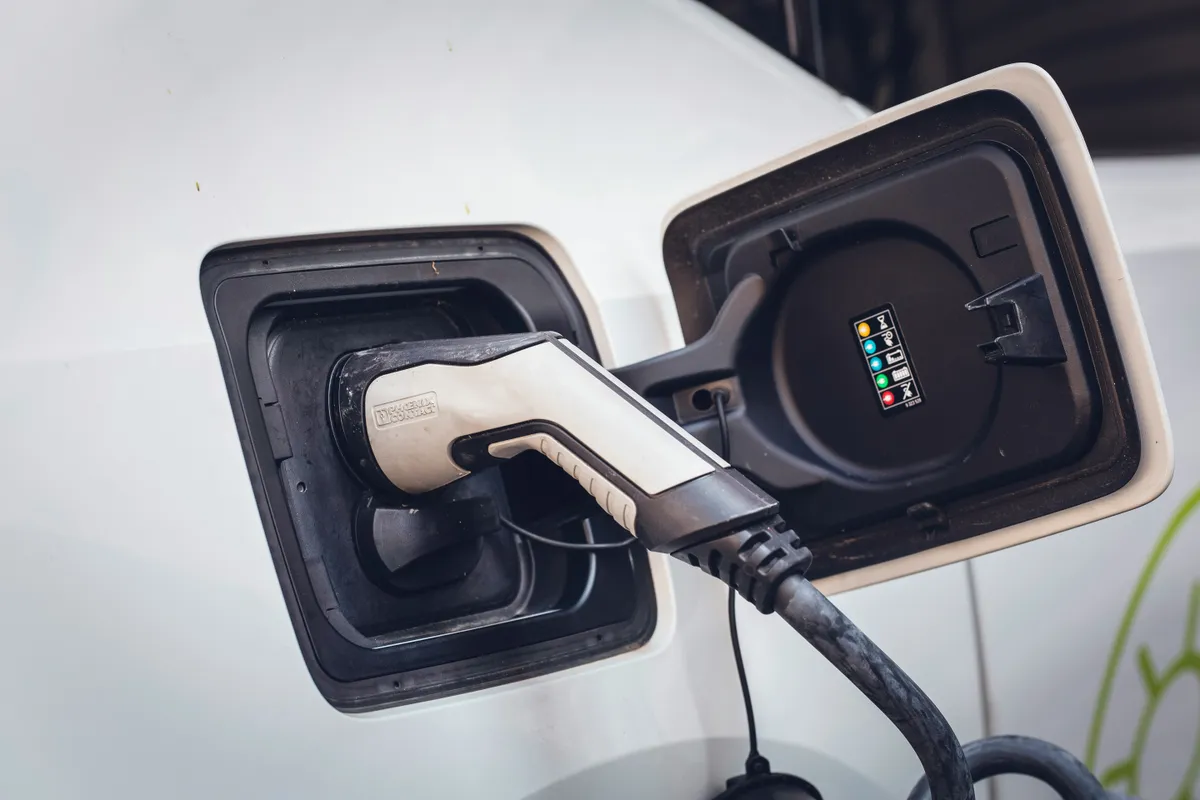
(Illustration: Unsplash)
Not only the auto industry, but also the energy and defense sectors. Offshore wind turbines, radars, sensors, guided missiles all require rare earths. A US Department of Energy official commented: “If the supply of rare earths is interrupted for a month, global wind power production could be reduced by the equivalent of 10 million households.”
Global response: race to find alternative sources
Faced with China’s monopoly, countries are rushing to diversify their supply chains. The US and Australia signed an $8.5 billion strategic minerals deal in October 2025 to invest in mines, refineries and magnet manufacturing technology outside China.
Australia, with Lynas Group, is now the largest rare earths producer outside China, operating the Mt Weld mine and Kalgoorlie plant. In Southeast Asia, Malaysia is negotiating to expand its refining capacity, while Vietnam and Laos are mentioned by experts as potential sources in the near future.
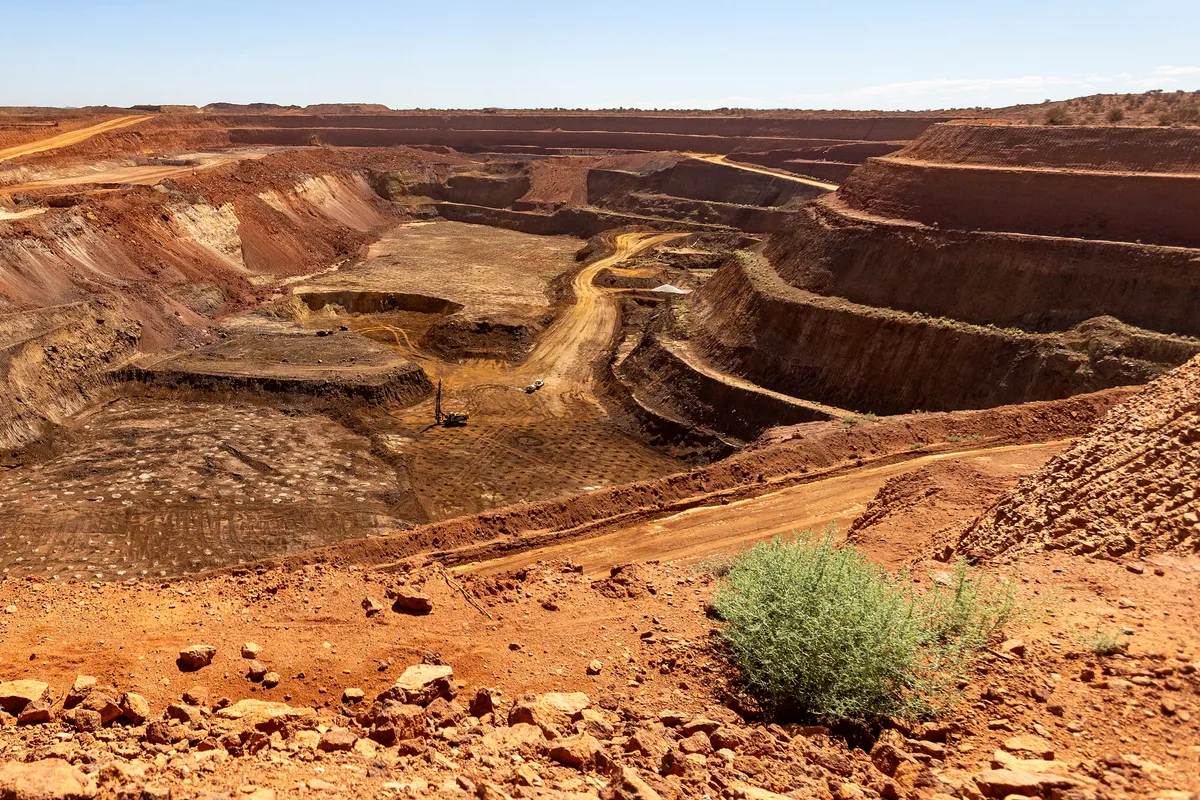
(Photo: Lynas Rare Earths Limited)
But new mining is not easy. Each mining project takes at least five to seven years to complete and requires hundreds of millions of dollars in capital. The refining stage, which uses solvents and special chemicals, requires high technology and strict environmental management.
Experts say it could take the world up to a decade to significantly reduce its dependence on China in the rare earth supply chain.
Recycling and new technology - long-term solutions
As new mines face hurdles, recycling has emerged as a promising avenue. In Japan, companies like Hitachi are recovering rare earth magnets from old motors and computer hard drives, reducing the need for new mining by 10 to 15 percent.
Rare earth-free motor technology is also advancing. Some US and Korean manufacturers have developed improved ferrite magnets that can halve the amount of rare earths needed without sacrificing performance. However, these solutions are still in their early stages and will not be fully replaced in the next five years.
“China’s dominance is not permanent, but will last until at least the early 2030s, when the new mineral alliances really come into play,” commented Professor David Merriman, an expert on strategic materials at Oxford University.
Rare earths and the US-China negotiations
With its dominance of the entire supply chain, China is using rare earths as a trump card in its trade negotiation strategy. Each round of export licensing and each policy of selecting partners has political implications. Beijing may not need to impose a ban, just adjust the licensing process to make Western corporations feel the risk of dependence.
On the US side, the government is accelerating investment in the strategic mineral supply chain and encouraging domestic companies to recycle rare earth materials. However, in the short term, the US still has to import most of its magnet components and intermediate alloys from China.
In the medium term, Washington could expand its mining ties with Australia, Canada, Vietnam and Malaysia, forming a “clean minerals alliance”. However, analysts predict that it will take until after 2030 for the balance to gradually rebalance.
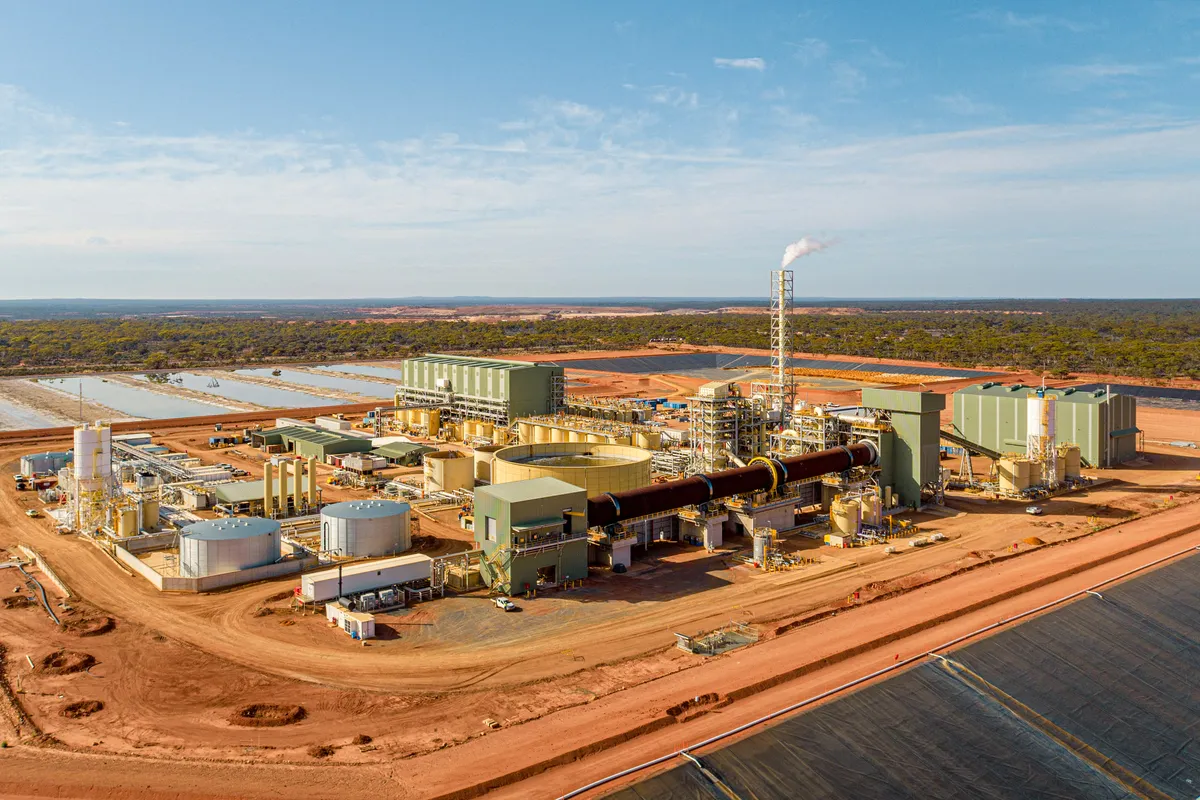
(Photo: Lynas Rare Earths Limited)
In the long term, the US-China competition over rare earths will not be just about mining, but about technology: whoever develops a new generation of alternative materials, magnet-free motors, or cheaper, cleaner recycling processes will have a sustainable advantage.
Rare earths have gone from being an obscure group of elements to the center of trade and geopolitics. China still holds the upper hand, but that dominance is being challenged by diversification, recycling, and technological advancement.
For Vietnam and Southeast Asia, opportunities are opening up: from resource mines to processing technology and new materials. The question is no longer whether, but how quickly - before the global trade chessboard moves to the next country.
In a world of energy transition and reshaping supply chains, countries that invest early in technology, governance and international connectivity will be better positioned to play the new game.
Source: https://vtv.vn/dat-hiem-quan-bai-tay-trong-cuoc-chien-thuong-mai-100251030173420684.htm


![[Photo] Prime Minister Pham Minh Chinh attends the 5th National Press Awards Ceremony on preventing and combating corruption, waste and negativity](https://vphoto.vietnam.vn/thumb/1200x675/vietnam/resource/IMAGE/2025/10/31/1761881588160_dsc-8359-jpg.webp)


![[Photo] Da Nang: Water gradually recedes, local authorities take advantage of the cleanup](https://vphoto.vietnam.vn/thumb/1200x675/vietnam/resource/IMAGE/2025/10/31/1761897188943_ndo_tr_2-jpg.webp)


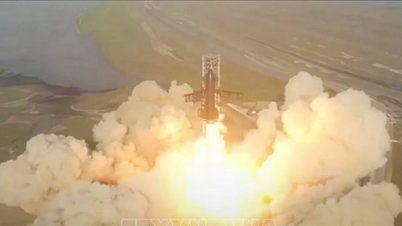


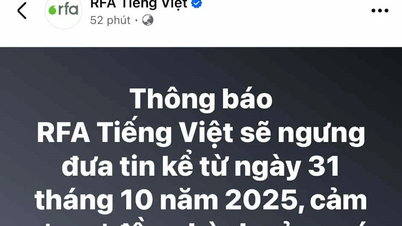
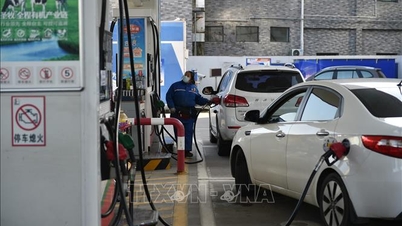



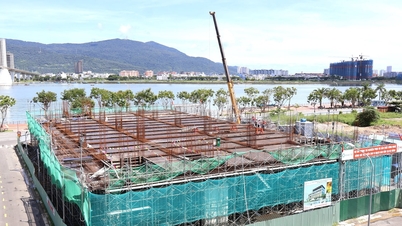

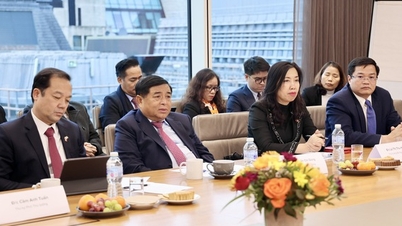

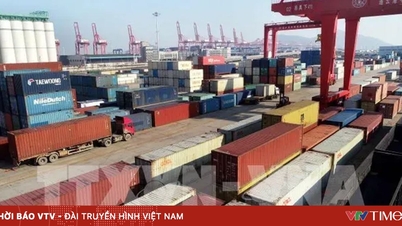
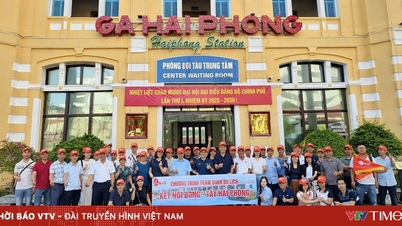
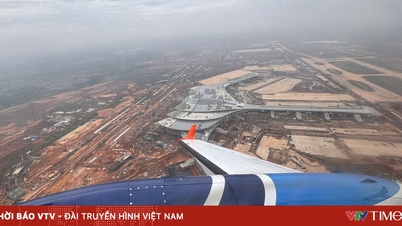
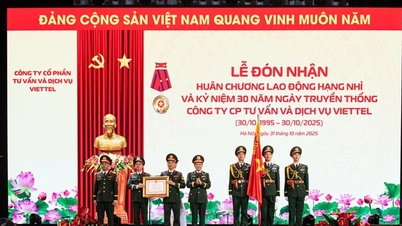
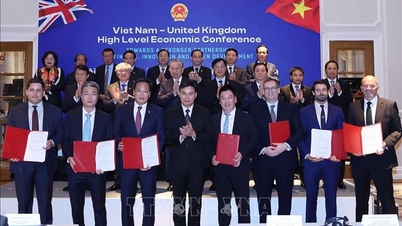




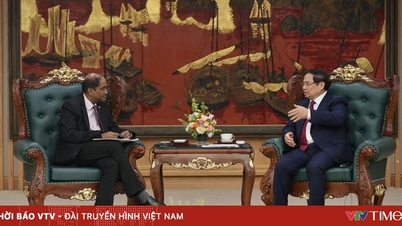
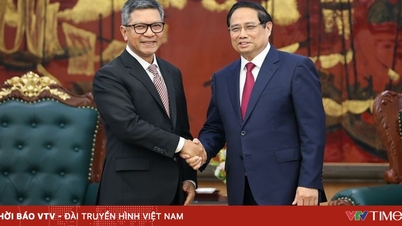
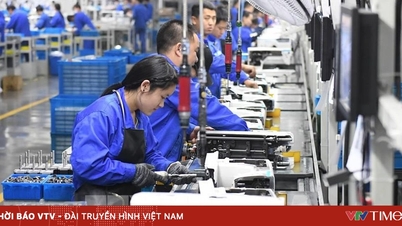
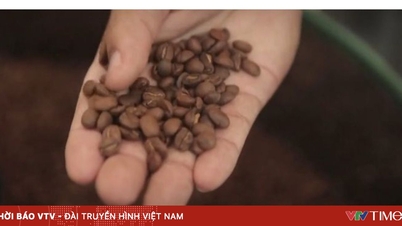
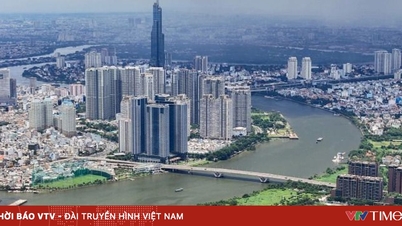
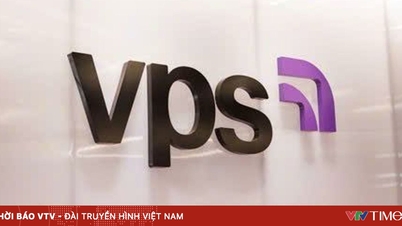


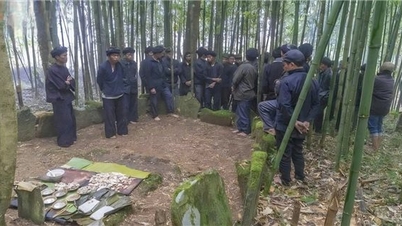

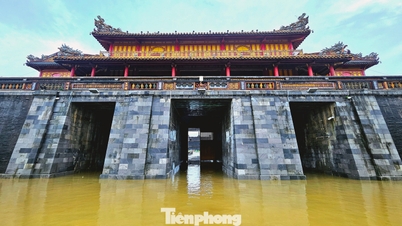

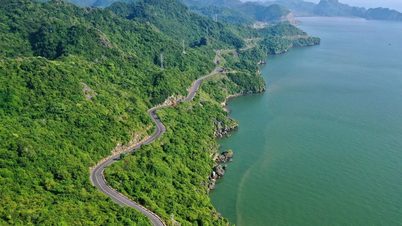










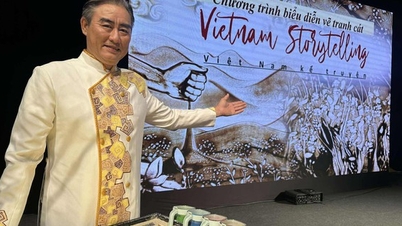


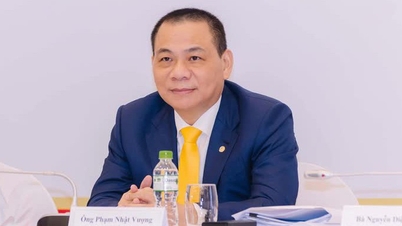
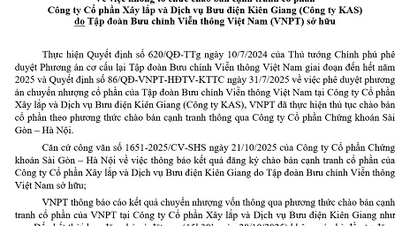


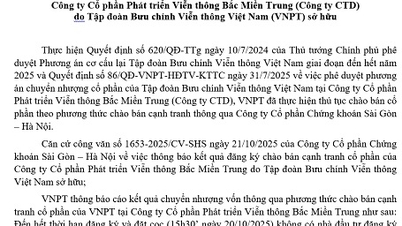
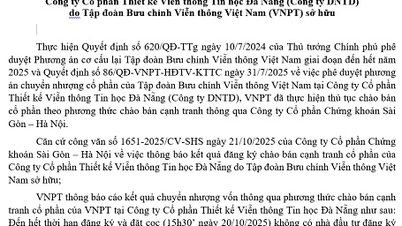






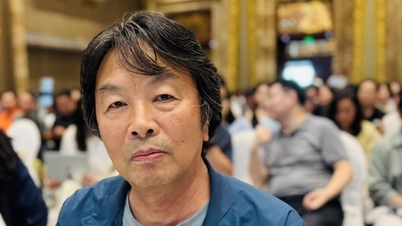

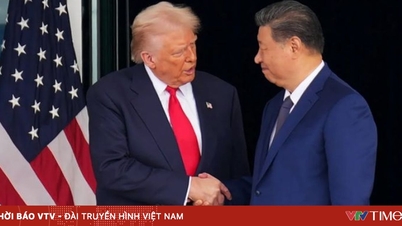
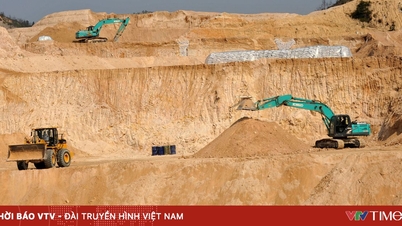
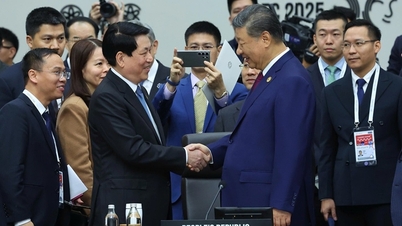
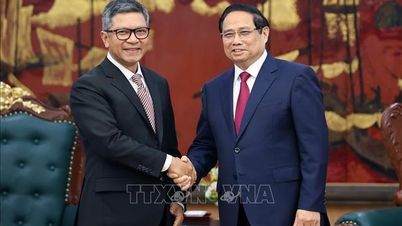
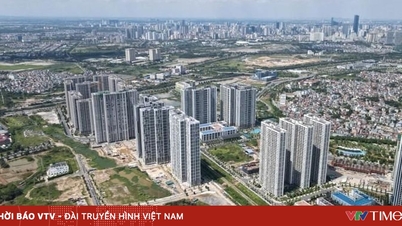


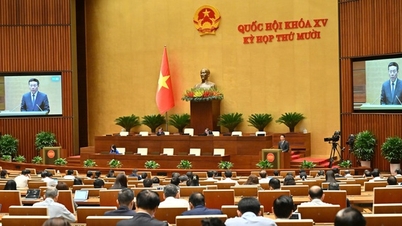

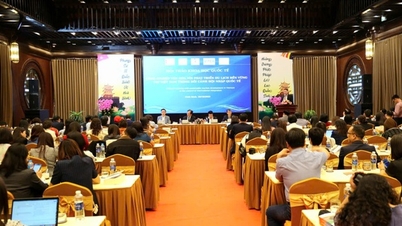
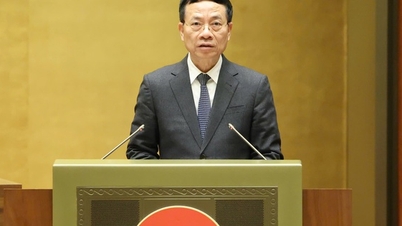
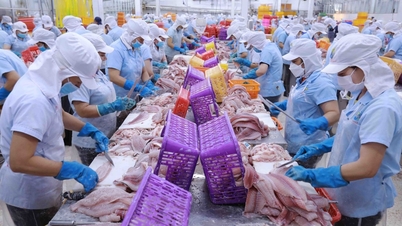
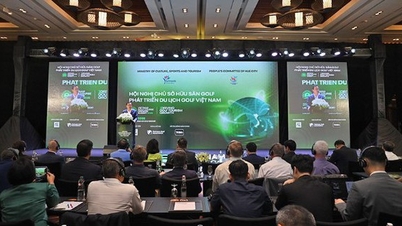





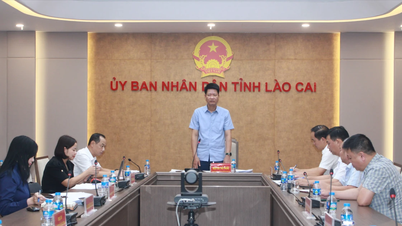

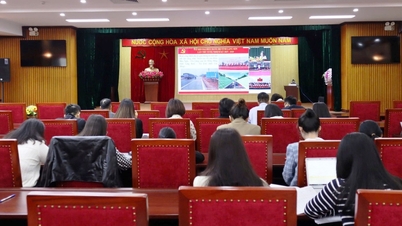

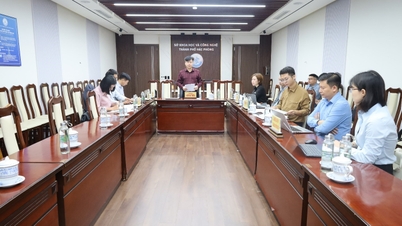















Comment (0)